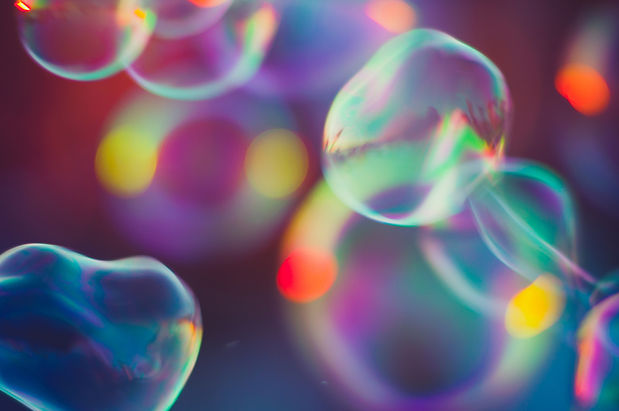According to Texas Getaway, “The ideal gas law is a combined set of gas laws that is a thermodynamic equation that allows us to relate the temperature, volume, and number of molecules (or moles) present in a sample of a gas.” This law was first discovered by a French physicist and an engineer called: Benoît Paul Émile Clapeyron in 1834, who is also known as the “Father of Thermodynamics”.
Before this law, there were a number of different laws that enabled Clapeyron to the discovery of this law. The ideal gas law combines the Boyle, Charles and Avogadro's law, but can be rearranged to get other laws. Gases usually do not behave ideally due to the reason that the ideal gas does not exist, but the idea of an ideal gas is used hypothetically and as an estimation which helps the scientific community model the behavior of real gases. “Ideal” gases will follow its law at all times, however, a true ideal gas does not exist as temperature, volume and pressure can shift the state a gas is in.
It is believed that if the state that the gas is in can be expressed using the ideal gas equation, gases act “ideally”.
The equation is as follows:
P = Pressure
V = Volume
n = amount of gas (moles)
R = universal gas constant
T = Temperature
It’s absolutely fascinating how number of scientists expanded the ideas of one another to create an equation that can be used in many ways depending on the application.
Robert Boyle was the first scientist who made contributed to the discovery of the Ideal Gas Law. He proposed that by multiplying the pressure to the volume, a constant is created. That is if the temperature and the amount of gas stay the same, the constant will behave in a similar type of manner.
This can be expressed by:
“Charles and Avogadro created equation much like Boyle’s Law with two features of a gas being linked directly together by constants. Charles discovered that volume divided by temperature equals a constant, as long as pressure remains the same. Avogadro figured out that volume divided by the number of moles at a constant pressure gave yet another constant.” (Hank Green, Crash Course)
These 2 equation can be formulated by using:
Jacques Charles’ discovery
Amedeo Avogadro’s discovery
Interestingly, all of these discoveries had the same bases, therefore, the ideal gas law was created when Clapeyron combine all of them into one. This all lead to the law that we have available to us, which helps many scientists and us to understand the world around us and how tiny particles behave.
As discussed earlier, an ideal gas does not exist, however, “The term ideal gas refers to a hypothetical gas composed of molecules which follow a few rules:
-
Ideal gas molecules do not attract or repel each other. The only interaction between ideal gas molecules would be an elastic collision upon impact with each other or an elastic collision with the walls of the container
-
Ideal gas molecules themselves take up no volume. The gas takes up volume since the molecules expand into a large region of space, but the Ideal gas molecules are approximated as point particles that have no volume in and of themselves.” (Khan Academy)
*Note: Sometimes, scientists use an alternative equation to observe how gases behave that is not PV = nRT. This equation utilizes other form and sets of units that are vary from the equation that has been discussed already.
An alternative equation that is used to express the ideal gas law is as follows:
P = Pressure
V = Volume
n = amount of gas (moles)
R = the Boltzmann’s constant (1.38·10−23 J·K−1)
T = Temperature
It is easy to explain how gases behave theoretically, experimentally and mathematically if all gases behaved like ideal gases. When you multiply the pressure and the volume, you get a constant.
For a given amount of gas at a constant temperature, pressure times volume always equals to the same number (PV=K) this is known as the Boyle's law. Charles discovered that the volume divided by the temperature equals to a constant as long as the pressure stays the same (v/t=A), and Avogadro discovered that the volume divided by the number of moles in a container and temperatur, resulted in the discovery of another constant (v/n=A). All the scientists were dealing with a different form of the same equation.
PV=nRt which is used for Ideal gases, and is known as the law. The atoms and molecules that make up a gas are accelerate around, hitting surfaces and walls. For instance, a balloon is inflated because the molecules are constantly accelerating around its walls, which is harder than the molecules moving around the outside of the balloon.









